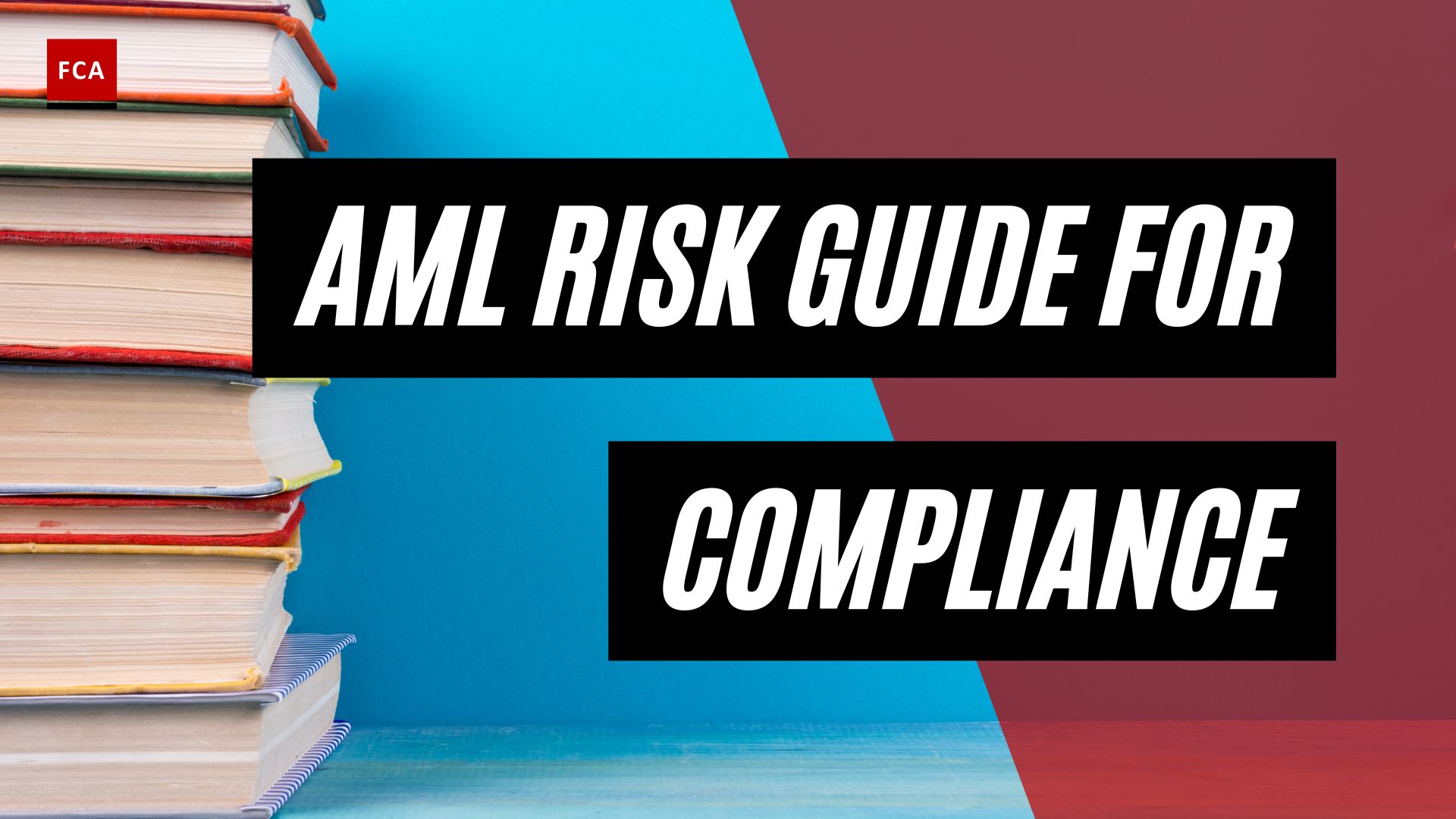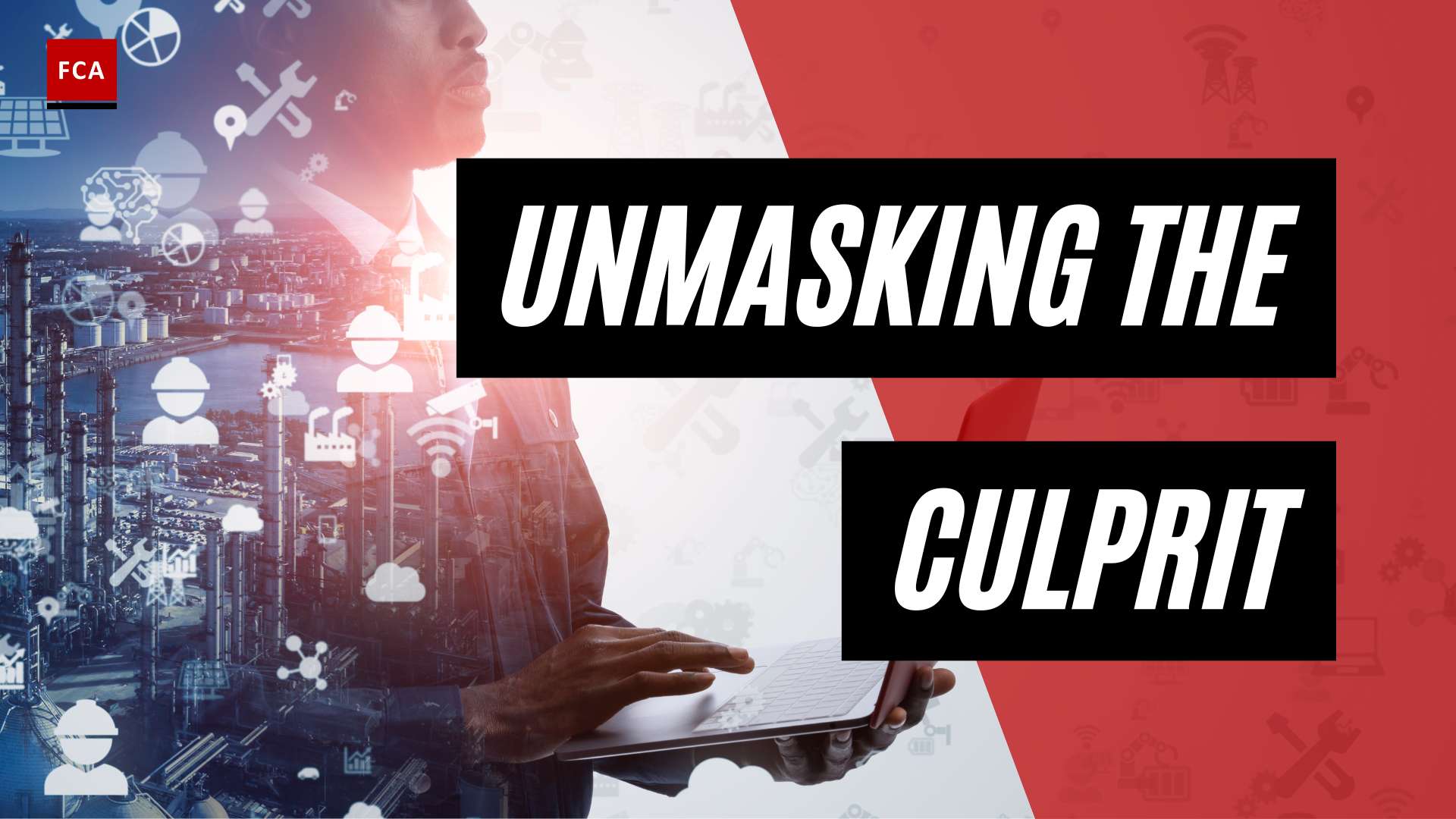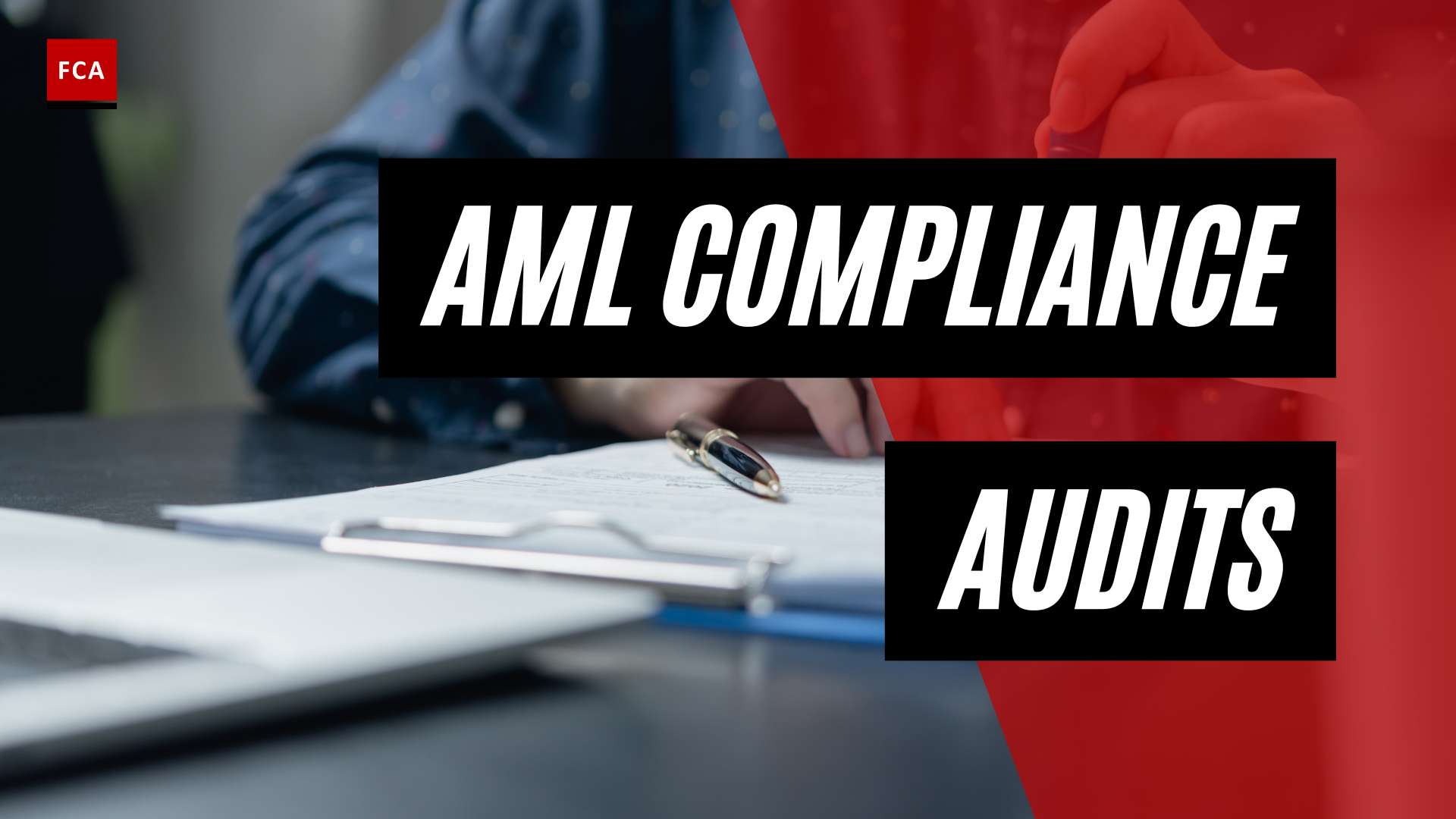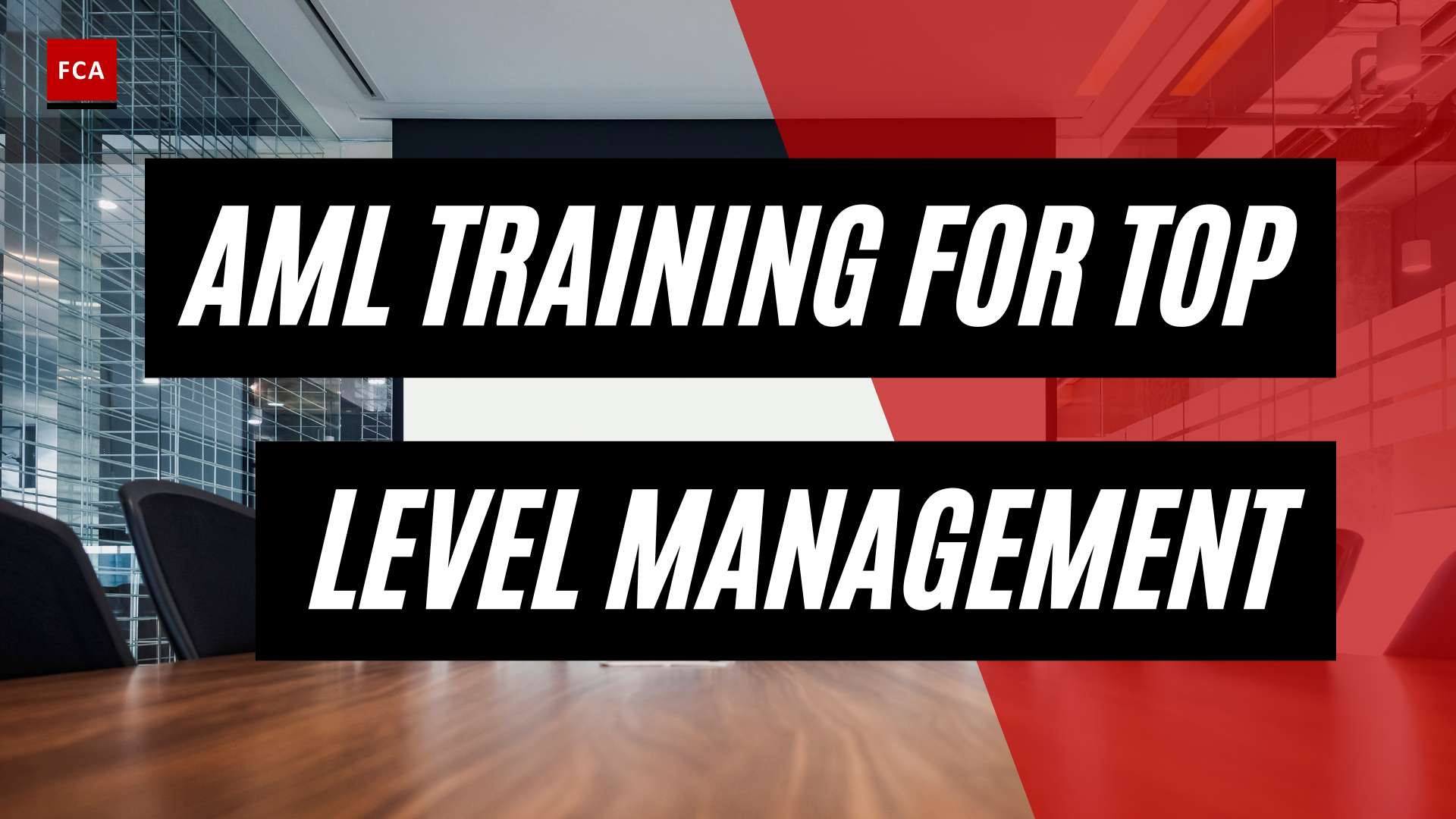AML Compliance in Emerging Markets
As the global economy expands and new markets emerge, it becomes increasingly important for businesses to understand and address the challenges and risks associated with Anti-Money Laundering (AML) compliance. In this section, we will delve into the significance of AML compliance in emerging markets and explore the specific challenges they present.
Understanding the Importance of AML Compliance
AML compliance is crucial for financial institutions and businesses operating in emerging markets. Money laundering poses a significant threat to the integrity of the financial system, as it enables criminals to disguise the origins of illicit funds. By implementing effective AML compliance measures, organizations can mitigate the risk of being exploited by money launderers and terrorist financiers.
Compliance with AML regulations not only helps safeguard the financial system but also protects businesses from reputational damage and legal consequences. Non-compliance can result in severe penalties, fines, and loss of trust from customers and partners. Therefore, understanding and adhering to AML compliance guidelines is essential for maintaining the integrity and stability of both the global and local economies.
Challenges and Risks in Emerging Markets
Emerging markets present unique challenges and risks when it comes to AML compliance. These challenges can arise due to factors such as regulatory frameworks, cultural differences, and economic conditions. Some of the key challenges include:
-
Diverse Regulatory Frameworks: Emerging markets often have varying levels of AML regulations and enforcement mechanisms. Navigating these complex and evolving regulatory landscapes can be challenging for businesses operating across multiple jurisdictions. It is crucial to stay updated with the AML regulations in emerging markets and ensure compliance with local requirements.
-
Cultural and Language Considerations: Cultural norms and language barriers can complicate AML compliance efforts in emerging markets. Understanding local customs and communication styles is essential for effective customer due diligence and transaction monitoring. Organizations must adapt their compliance processes to account for cultural differences and language preferences to ensure accurate risk assessment and reporting.
-
Increased Risk of Money Laundering: Emerging markets may have higher levels of corruption, weak governance structures, and limited resources for AML enforcement. These factors can create a fertile environment for money laundering activities. Businesses operating in emerging markets must be vigilant in identifying and managing the AML compliance risks specific to these regions.
To overcome these challenges, organizations should develop a tailored AML compliance framework that considers the unique characteristics of the emerging markets they operate in. This framework should encompass robust internal controls, comprehensive training programs, and the adoption of technology and innovation to enhance compliance effectiveness.
By understanding the importance of AML compliance and addressing the challenges and risks associated with emerging markets, organizations can safeguard themselves against financial crime, protect their reputation, and contribute to the integrity of the global financial system.
Key Guidelines for AML Compliance
Ensuring Anti-Money Laundering (AML) compliance is crucial in all markets, especially in emerging markets where the risks and challenges can be amplified. To navigate these complexities, organizations must adhere to key guidelines that promote effective AML compliance. This section will explore three essential guidelines: Know Your Customer (KYC) procedures, Enhanced Due Diligence (EDD) for high-risk customers, and transaction monitoring and reporting.
Know Your Customer (KYC) Procedures
Implementing robust KYC procedures is a fundamental requirement for AML compliance. These procedures involve verifying the identity of customers, understanding the nature of their activities, and assessing the potential risks associated with them. By gathering accurate and up-to-date customer information, financial institutions and businesses can identify and mitigate potential money laundering risks.
Key elements of KYC procedures include:
- Collecting customer identification information, such as name, address, date of birth, and identification documents.
- Conducting risk assessments to determine the level of due diligence required for each customer.
- Verifying the information provided by customers through reliable and independent sources.
- Regularly updating customer information and conducting periodic reviews to ensure ongoing compliance.
By implementing comprehensive KYC procedures, organizations can establish a strong foundation for effective AML compliance in emerging markets.
Enhanced Due Diligence (EDD) for High-Risk Customers
In emerging markets, certain customers may pose a higher risk of involvement in money laundering activities. To mitigate these risks, organizations must conduct Enhanced Due Diligence (EDD) for such customers. EDD goes beyond standard KYC procedures and involves a more thorough assessment of high-risk individuals and entities.
Key aspects of EDD include:
- Conducting enhanced scrutiny of politically exposed persons (PEPs) and their associates.
- Examining the source of wealth and funds to ensure legitimacy.
- Assessing the customer’s reputation and business associations.
- Implementing ongoing monitoring of high-risk customers to detect any suspicious activities.
By implementing robust EDD measures, organizations can ensure that they have a comprehensive understanding of their high-risk customers and can effectively detect and prevent potential money laundering activities.
Transaction Monitoring and Reporting
Transaction monitoring and reporting play a vital role in AML compliance efforts. Organizations should establish comprehensive systems and processes to monitor and analyze customer transactions for any suspicious activities. Timely and accurate reporting of suspicious transactions to the relevant authorities is essential for combatting money laundering.
Key elements of transaction monitoring and reporting include:
- Implementing automated systems that can identify patterns and anomalies in customer transactions.
- Conducting regular reviews of flagged transactions to determine whether they are suspicious or legitimate.
- Establishing clear protocols and procedures for reporting suspicious transactions to the appropriate regulatory authorities.
- Maintaining proper documentation and records of all transactions and reporting activities.
By establishing robust transaction monitoring and reporting mechanisms, organizations can proactively identify and report potential money laundering activities, ensuring compliance with AML regulations.
Adhering to these key guidelines for AML compliance is essential for organizations operating in emerging markets. By implementing effective KYC procedures, conducting thorough EDD for high-risk customers, and establishing robust transaction monitoring and reporting systems, organizations can mitigate the risks associated with money laundering and contribute to a more secure financial environment.
Tailoring AML Framework for Emerging Markets
When it comes to anti-money laundering (AML) compliance, a one-size-fits-all approach does not work, especially in emerging markets. These markets often present unique challenges and require a tailored AML framework to effectively mitigate risks. In this section, we will explore three key aspects of tailoring an AML framework for emerging markets: local regulatory requirements, cultural and language considerations, and building robust internal controls.
Local Regulatory Requirements
Emerging markets have their own specific AML regulations and requirements that financial institutions and businesses must adhere to. These regulations are established by local authorities and regulatory bodies to combat money laundering and terrorist financing within their jurisdictions. It is crucial for organizations operating in these markets to have a deep understanding of the AML regulations and ensure compliance.
To tailor the AML framework to local regulatory requirements, organizations should conduct comprehensive due diligence to identify and understand the specific obligations they need to meet. This includes staying up-to-date with any changes or updates to the regulations. By having a clear understanding of the local AML requirements, organizations can implement appropriate policies, procedures, and controls to address the unique risks present in these markets.
Cultural and Language Considerations
Cultural and language considerations play a significant role in AML compliance in emerging markets. Each market has its own cultural nuances and languages, which can impact how financial transactions are conducted and how money laundering activities may be disguised. It is essential for organizations to take these factors into account when tailoring their AML framework.
Effective communication and training programs are key in addressing cultural and language considerations. Organizations should provide AML training to employees in their local language to ensure comprehension and awareness of AML risks and obligations. Additionally, organizations should consider cultural sensitivities and adapt their AML practices to align with local customs and practices, without compromising on compliance standards.
Building Robust Internal Controls
Building robust internal controls is crucial for effective AML compliance in emerging markets. Internal controls help organizations detect and prevent money laundering activities by implementing processes and procedures that promote transparency, accountability, and risk mitigation. These controls act as a line of defense against potential AML risks.
Organizations should establish a strong control framework that includes measures such as customer due diligence, transaction monitoring, and suspicious activity reporting. By implementing these controls, organizations can identify and flag any suspicious activities, ensuring compliance with local regulations and mitigating potential risks.
Furthermore, organizations should regularly review and update their internal controls to adapt to evolving AML risks and changes in the regulatory landscape. This includes conducting periodic risk assessments, internal audits, and independent reviews to ensure the effectiveness of the AML framework.
By tailoring the AML framework to address local regulatory requirements, cultural and language considerations, and building robust internal controls, organizations can enhance their AML compliance efforts in emerging markets. It is essential to stay informed about the specific AML guidelines and regulations in each market, collaborate with local authorities, and continuously evaluate and improve the AML framework to stay ahead of emerging risks.
Technology and Innovation in AML Compliance
As the landscape of financial transactions evolves, so do the techniques used by money launderers and illicit actors. To combat these evolving risks, technology and innovation play a crucial role in enhancing Anti-Money Laundering (AML) compliance efforts in emerging markets. This section will explore three key aspects of technology and innovation in AML compliance: implementing automated AML solutions, utilizing artificial intelligence and machine learning, and continuous monitoring with adaptive systems.
Implementing Automated AML Solutions
Automated AML solutions have become integral to effective compliance programs in emerging markets. These solutions streamline and automate various AML processes, such as customer due diligence, transaction monitoring, and suspicious activity reporting. By leveraging automation, financial institutions can enhance efficiency, reduce manual errors, and ensure consistent compliance with regulatory requirements.
The implementation of automated AML solutions enables financial institutions to analyze vast amounts of data in real-time, identify complex patterns, and detect potential money laundering activities more effectively. These solutions often include features such as data integration, risk scoring, and case management, enabling compliance teams to efficiently manage their AML operations.
Utilizing Artificial Intelligence and Machine Learning
Artificial Intelligence (AI) and Machine Learning (ML) technologies have revolutionized AML compliance in emerging markets. AI and ML algorithms can analyze large datasets, identify patterns, and make intelligent decisions, significantly enhancing the accuracy and effectiveness of AML processes.
By utilizing AI and ML, financial institutions can automate the identification of suspicious transactions, flag high-risk customers, and generate alerts for potential AML violations. These technologies continuously learn from new data, allowing them to adapt and improve their detection capabilities over time. However, it is crucial to regularly validate and fine-tune these algorithms to ensure optimal performance and minimize false positives.
Continuous Monitoring and Adaptive Systems
In today’s rapidly changing financial landscape, continuous monitoring and adaptive systems are essential components of AML compliance frameworks in emerging markets. Continuous monitoring involves real-time surveillance of customer transactions, enabling the timely detection of suspicious activities.
By implementing adaptive systems, financial institutions can dynamically adjust their risk models and monitoring parameters based on emerging threats and regulatory changes. These systems allow for more accurate risk assessments, reducing false positives and enabling the focus of resources on high-risk areas. Regular reviews and updates to monitoring systems are necessary to ensure their effectiveness and alignment with evolving AML regulations.
Technology and innovation have become invaluable tools in the fight against money laundering and financial crime in emerging markets. Implementing automated AML solutions, utilizing artificial intelligence and machine learning, and adopting continuous monitoring with adaptive systems empower financial institutions to stay ahead of evolving risks and regulatory requirements. By embracing these technological advancements, organizations can strengthen their AML compliance efforts and protect themselves and the financial system from illicit activities.
Strengthening Collaboration and Information Sharing
In the realm of Anti-Money Laundering (AML) compliance, collaboration and information sharing play a vital role in mitigating risks and promoting effective AML practices. This section explores three key aspects of strengthening collaboration and information sharing: engaging with local authorities and regulatory bodies, sharing best practices and lessons learned, and collaborating with financial institutions and industry associations.
Engaging with Local Authorities and Regulatory Bodies
To ensure a robust AML compliance framework in emerging markets, it is essential for organizations to actively engage with local authorities and regulatory bodies. These entities possess valuable knowledge and insights into the local AML landscape, including specific laws, regulations, and reporting requirements.
By establishing open lines of communication, organizations can benefit from the guidance and expertise offered by these entities. Regular dialogue allows for a better understanding of local AML regulations, facilitates compliance with reporting obligations, and helps organizations stay informed about any changes or updates in the regulatory environment. Additionally, collaborating with local authorities fosters a cooperative relationship that can aid in investigations and the exchange of information related to suspicious activities.
Sharing Best Practices and Lessons Learned
Sharing best practices and lessons learned is an effective way to enhance AML compliance efforts in emerging markets. Organizations can collaborate through forums, conferences, and industry associations to exchange knowledge, experiences, and successful strategies.
By sharing insights into AML methodologies, organizations can collectively identify emerging trends, potential risks, and effective risk mitigation strategies. This collaboration helps in staying ahead of evolving money laundering techniques and adapting compliance frameworks accordingly. It also facilitates the development of standardized approaches to address common challenges faced in emerging markets.
Collaborating with Financial Institutions and Industry Associations
Collaboration among financial institutions and industry associations is invaluable in strengthening AML compliance in emerging markets. Sharing information, experiences, and resources within the industry fosters a collective effort to combat money laundering activities.
Through collaboration, financial institutions can collectively identify suspicious patterns, share intelligence about high-risk customers, and develop effective risk management practices. Industry associations can play a crucial role by facilitating knowledge sharing, organizing training programs, and promoting best practices across the sector.
By working together, financial institutions and industry associations can collectively advocate for stronger AML regulations and contribute to the development of comprehensive AML frameworks that address the unique challenges of emerging markets.
Strengthening collaboration and information sharing is essential for effective AML compliance in emerging markets. Engaging with local authorities and regulatory bodies, sharing best practices and lessons learned, and collaborating with financial institutions and industry associations create a united front against money laundering activities. By fostering cooperation and knowledge exchange, organizations can enhance their AML compliance efforts, stay updated on regulatory requirements, and collectively combat the ever-evolving landscape of financial crime.









